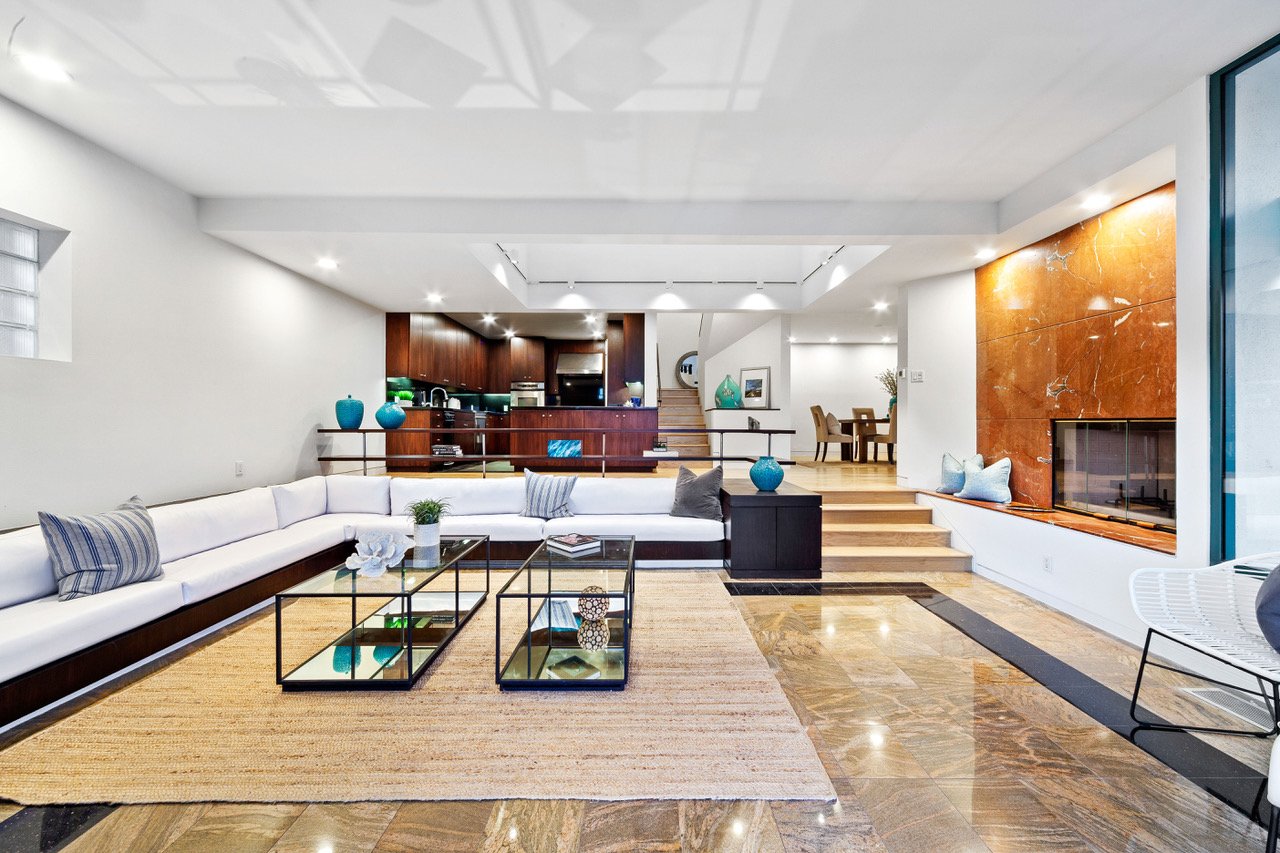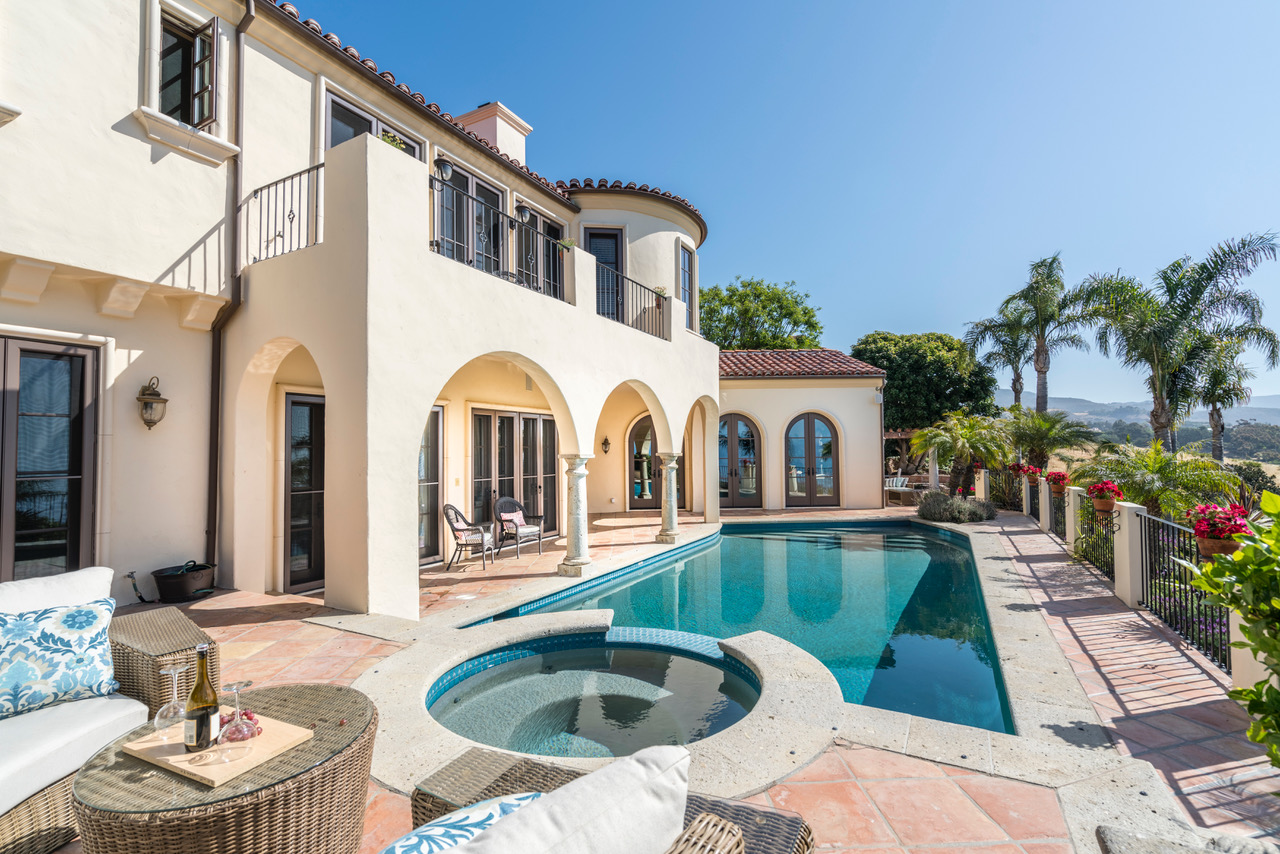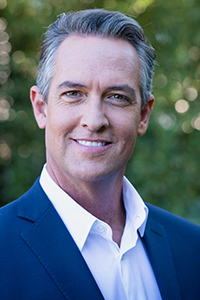An open house is a great opportunity for a homebuyer to get a feel for a property firsthand so they can decide if it’s a good fit — so what happens when they can’t visit in person?
For those who are able, in accordance with your state’s current shelter-in-place guidelines, it’s worth offering a virtual open house, but it has to be done right. If poorly executed, you’ll risk presenting a lackluster picture of an otherwise spectacular luxury property. Here’s how you can help your clients experience their dream home, even when they can’t be physically present.
The art (and science) of the walkthrough
First things first: to provide a virtual open house, you need the proper technology. If both you and your buyer have Apple devices, then FaceTime might seem like the clear winner — but there are other options you can consider as well, such as social media. Facebook Live and Instagram Live can help you immerse your client in the property, with the added bonus that you’re driving them towards your own digital marketing channels.
From there, a virtual open house involves walking clients through the property so they can get a sense of the layout, the rooms, the lighting, and the architecture — but it’s not necessarily as simple as it sounds. Here are three things all agents need to remember as they host a video tour.

Sotheby’s International Realty – Malibu Brokerage
1. Let the home be the star of the show
Tempting as it may be to take center stage in your virtual tour, your most important job is to minimize your own presence while providing valuable commentary. When it comes to narration, less is always more: people want a visual perspective of the home, not an audial one — and there’s nothing quite as distracting as the play-by-play of a chatty host.
2. Point out the property’s finest features
Having said that, it’s important to pay attention to details. As luxury agents, we’ve all been to many beautiful homes and it’s easy to gloss over the extraordinary flourishes and finishes that make these properties shine — and if you’re not actively focusing on them, they’ll be missed in your virtual walkthrough. Go in for a closeup of the high-end appliances, the handcrafted faucet, the contemporary lighting fixtures, or the carefully laid hardwood floors. The home is the gallery, and you’re the curator.
3. Understand your client’s unique tastes

Sotheby’s International Realty – Malibu Brokerage
If you know your buyer well enough, you can engage them by spending extra time on the parts of the property that matter most. If they have pets, show them the ample yard and the fencing; if they’re a horticulturist, get a visual of the flowers in the garden. Are they avid art collectors? Point out the pristine white wall space and wide corridors. Like every other aspect of luxury real estate, personalization is essential to success.
The challenges of virtual open houses
A virtual open house is like sending your client an e-book instead of taking them to the bookstore: we all love the convenience of Audible, but we inevitably miss the smell of the books, the texture of the pages, and the possibility of discovering something unexpectedly great.
Because of this, virtual tours tend to be most effective when buyers either absolutely can’t make it to the property in person, or when they’re in the market for their second or third home. When clients are shopping for a primary residence, they usually want to view it up close and personal — but for those looking for a vacation retreat, a virtual open house can be just right.
As with in-person showings, the more meticulous you can be in your preparation for a virtual open house, the better. Here are three things I always consider when I have to take an open house online.
Remind clients to go to Google Earth and really see where the home is located — the surrounding houses, landscape, attractions, and amenities, and even the closeness of the nearest neighbor. With Street View, they can get a sense of what the street and general outdoor areas look like. Drive by the property at different times of day and share pictures and video with your clients. A virtual open house won’t necessarily help your clients see the beauty of sunrise or the tranquility of twilight at the home, nor will it show them the amount of traffic whizzing by at the height of the afternoon. In line with the previous point, provide as much visual context as possible — that might mean taking video from the front walkway, the windows, the balcony. Think about the home from all angles.While a live virtual open house is a great way to connect with your client in the home, recorded video gives them something they can revisit over and over. If you want to create the best possible impression, you can hire a professional videographer to produce a high-quality film. The statistics would support you — we know for a fact that property websites that have footage, and not just photographs, increase their page views.
The ease that virtual open houses provide will never override the value of visiting and experiencing a home for the first time. But situations can arise when it becomes impractical or impossible for buyers to travel to see the property — and when that happens, there’s no better way to serve your clients and earn their confidence than by offering an elegant, effective, and time-efficient alternative.

Shen Schulz
As a lifelong resident of Malibu and licensed California Real Estate Broker since 2001, Shen Schulz leads the way among Malibu and California coastal city realtors by offering clients true local knowledge and insight on the luxury residential real estate market. Having grown up in Malibu and with over 17 years of real estate success, his unsurpassed negotiation and communication skills have brought his many clients great success and happiness. Recognized by his professionalism and integrity, Shen is a premier choice and client favorite for local home buyers and sellers. Shen has consistently been awarded as being in the top 1–2% of all realtors among the Sotheby’s International Realty and Realogy Brokerage Group network of more than 50,000 realtors worldwide.
About Sotheby’s International Realty
Sotheby’s International Realty was founded in 1976 as a real estate service for discerning clients of Sotheby’s auction house. Today, the company’s global footprint spans 990 offices located in 72 countries and territories worldwide, including 43 company-owned brokerage offices in key metropolitan and resort markets. In February 2004, Realogy entered into a long-term strategic alliance with Sotheby’s, the operator of the auction house. The agreement provided for the licensing of the Sotheby’s International Realty name and the development of a franchise system. The franchise system is comprised of an affiliate network, where each office is independently owned and operated. Sotheby’s International Realty supports its affiliates and agents with a host of operational, marketing, recruiting, educational and business development resources. Affiliates and agents also benefit from an association with the venerable Sotheby’s auction house, established in 1744. For more information, visit www.sothebysrealty.com.
The affiliate network is operated by Sotheby’s International Realty Affiliates LLC, and the company owned brokerages are operated by Sotheby’s International Realty, Inc. Both entities are subsidiaries of Realogy Holdings Corp. (NYSE: RLGY) a global leader in real estate franchising and provider of real estate brokerage, relocation and settlement services. Sotheby’s International Realty Affiliates LLC and Sotheby’s International Realty Inc., both fully support the principles of the Fair Housing Act and the Equal Opportunity Act.
Source: click here














